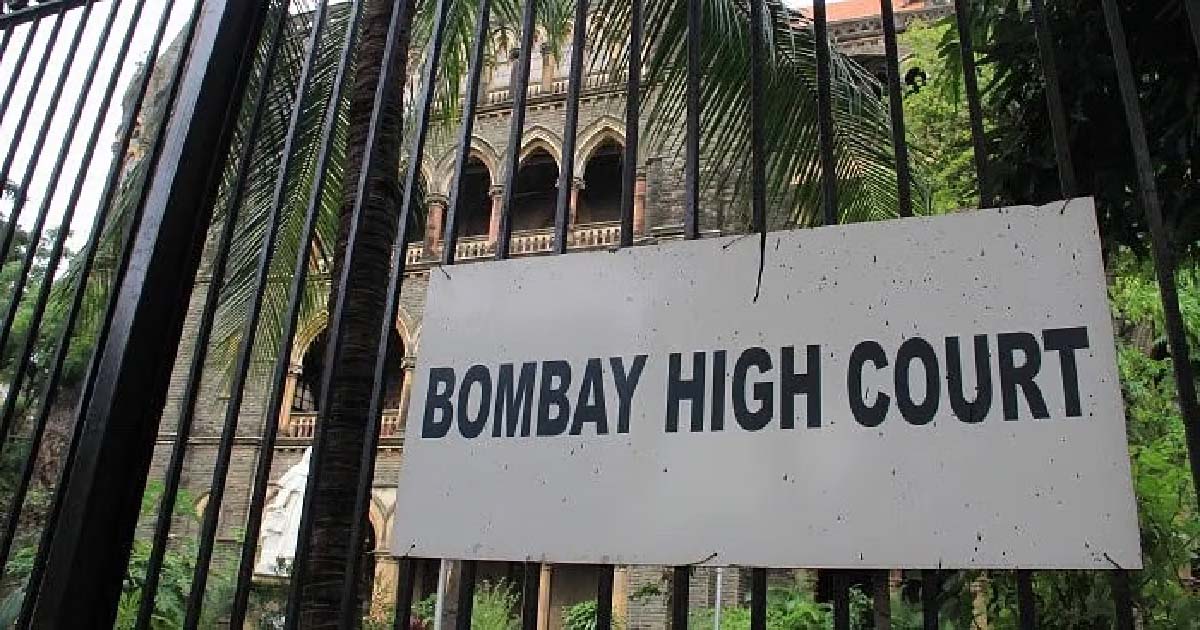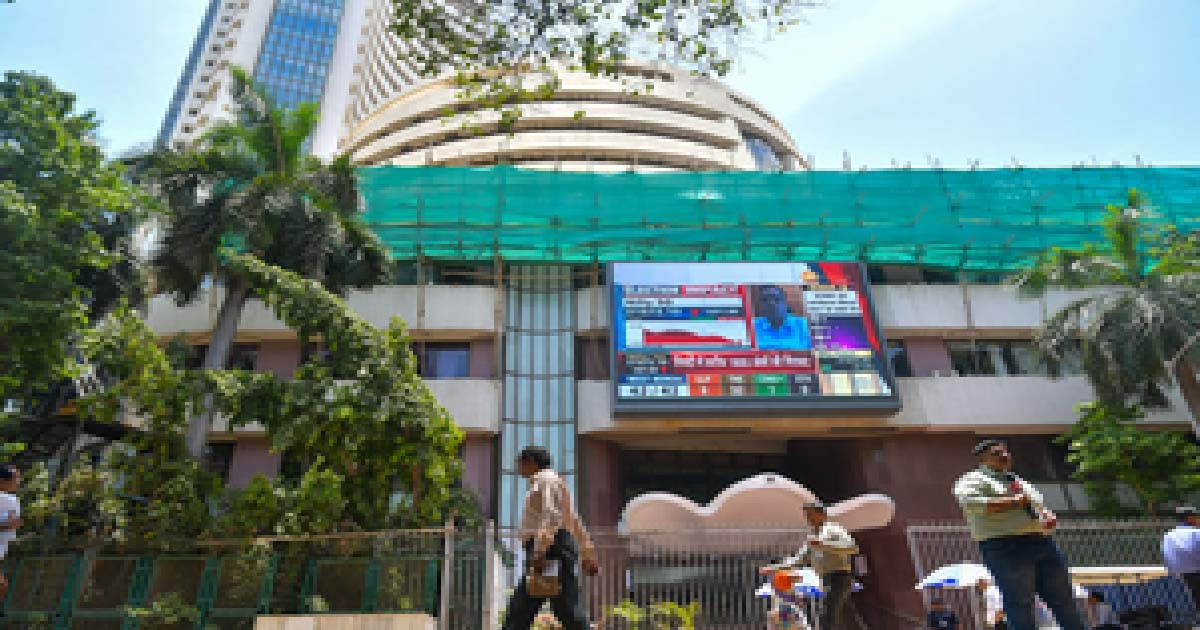Business
Draft open access norms can be a tailwind for new renewable projects

The Draft Electricity (promoting renewable energy through Green Energy Open Access) Rules, 2021, announced by the Ministry of Power, if implemented as it is, could improve the certainty of cash flows for new renewable energy projects coming up through this route, ratings agency Crisil has said in a report.
In India, power distribution happens through three modes – state distribution companies, captive sources and open access. Under the open access route, which had a total installed capacity of 11 GW as on March 31, 2021, renewable power producers sell electricity directly to commercial and industrial (C&I) consumers. These consumers pay open access charges to state distribution companies (discoms). Such open access projects are hobbled by state-level policy changes that make returns uncertain.
The draft rules aim to provide clarity on such open access charges – including, inter alia, cross-subsidy surcharge (to compensate discoms for loss of high paying C&I consumers), additional surcharge (to recover the fixed power purchase cost for stranded assets), and banking charges (for consuming energy on a later date) – and will help streamline the overall approval process to improve predictability of cash flows for renewable power producers, the report released last week said.
The ministry has sought feedback on the rules from stakeholders, including state regulatory bodies and discoms.
State regulators haven’t been fully backing open access projects fearing their discoms would lose high-tariff paying C&I customers. Consequently, they raise levy of cross-subsidy and additional surcharges, or change banking provisions by removing/lowering the banking period. Since renewable projects have a lifespan of 25 years, uncertainty around open access charges and tightened banking norms make project returns more vulnerable, thereby influencing the viability of these projects.
For instance, some of the key states having a majority share of open access capacities have levied cross-subsidy and additional surcharges of Rs 1.5-2.0 per unit – on average – in the past three fiscals. On the other hand, some states have either removed or lowered the banking period, which affords flexibility to developers (to bank their unsold power with discoms if the offtake of a C&I consumer is affected for a few days).
Ankit Hakhu, Director, CRISIL Ratings, said: “Every 10 paise increase in cross-subsidy and additional surcharges results in a 150 basis points (bps) reduction in returns for open access project developers. Reducing the banking period with state discoms increases the risk to the revenue of developers if the offtake by C&I consumers is affected for a few days.”
Open access projects also face hurdles related to timely approvals and states reneging on policy support. For instance, developers faced approval delays in Uttar Pradesh, Chhattisgarh and Maharashtra, while Karnataka, Haryana and Maharashtra have tried to change their policy support features.
The draft rules propose to address these issues. The document states that cross-subsidy surcharge should not be increased by more than 50 per cent for a 12-year period from the date of project commissioning. Also, any additional surcharge cannot be levied on these projects. This is to ensure predictability on open access charges and thus the cash flows of developers.
The draft rules also proposes to limit how much power can be banked with state discoms – up to 10 per cent of the annual consumption of the consumer. This will allow the C&I consumer to draw banked power from discoms later, thereby providing some stability to the cash flows of developers.
Further, a central nodal agency is to be set up to streamline the approval process. All open access applications have to be submitted on the agency’s portal and subsequently routed to the state nodal agency for approval. If approval is not granted within 15 days, the application will be deemed approved subject to the fulfilment of the technical requirement to ensure timely execution of these projects and minimise any risk of cost escalations.
On an average, cross-subsidy and additional surcharges form 65-70 per cent of total open access charges.
Business
Nescafé Premix Qualifies As ‘Instant Coffee’, Attracts Lower 8 Per Cent Sales Tax: Bombay HC

Mumbai: In a significant ruling on product classification under the Bombay Sales Tax Act, 1959, the Bombay High Court has held that Nescafé Premix must be taxed at 8% as “coffee / instant coffee,” and not at the higher rate of 16% applicable to general beverage powders.
A bench of Justices M. S. Sonak and Advait Sethna reiterated the cardinal principle that specific tax entries must prevail over general ones. Applying the common parlance test, the court concluded that Nescafé Premix, as marketed and consumed, had created a clear perception of “instant coffee”.
The case arose from a dispute between Nestlé India Ltd. and the Sales Tax Department regarding whether Nescafé Premix — containing 8.5% soluble coffee powder, 54% sucrose, 37% partially skimmed milk powder and 0.5% maltodextrin — should be classified under Schedule Entry C-II-3 (8%) or Entry C-II-18(2) (16%).
The Commissioner of Sales Tax had earlier ruled in 1998 that the product fell under the higher-taxed general entry for powders used in non-alcoholic beverages, emphasising that the coffee content was “minuscule 8.5%”.
The Maharashtra Sales Tax Tribunal reversed this decision in 2001, holding that ingredient percentage was not decisive — relying on Supreme Court precedent that even small quantities, like salt in food, do not alter the essential character of the final product.
Upholding the Tribunal’s order, the HC stressed that the product’s actual use and consumer understanding were crucial. “Ultimately, in all such matters, we must go by the common parlance test,” the bench said.
It noted that the premix was expressly marketed as Nescafé Premix and used to dispense Nescafé from vending machines simply by adding hot water. “The resultant product, in common parlance, was nothing but Nescafé,” the Court observed.
Rejecting the Department’s argument that low coffee content disqualified it from being considered instant coffee, the Court agreed with the Tribunal that removing coffee powder altogether would fundamentally change the product’s identity — demonstrating that the coffee component, though proportionally small, was determinative of classification.
The bench also emphasised that Entry C-II-3, covering “coffee” and “instant coffee”, was a specific entry and therefore prevailed over the general entry for beverage powders under C-II-18(2). “The concept of instant coffee must conform to modern development and modern perceptions,” the Court added.
Business
Indian stock market ends in bullish tone after RBI rate cut

Mumbai, Dec 6: Indian equity benchmarks made marginal losses after hitting record highs and three weeks of consecutive gains due to profit booking. However, the market ended the week in a bullish tone after the Reserve Bank of India (RBI) delivered a 25 bps rate cut that lifted investor sentiment.
Benchmark indices Nifty and Sensex dipped 0.37 and 0.27 per cent during the week to close at 26,186 and 85,712, respectively.
Early optimism driven by strong Q2 GDP print and robust auto sales was overshadowed by persistent FII outflows, sharp rupee depreciation, and uncertainty over trade negotiations.
Broader indices underperformed, with the Nifty Midcap100 and Smallcap100 down 0.73 per cent and 1.80 per cent, respectively in a week.
Sentiment reversed on Friday after the RBI surprised markets with a 25-bps rate cut, supported by lower inflation forecasts and liquidity measures.
Gains during the week were led by auto, IT due to festive demand and favourable currency tailwinds. Banks, Finances, consumer durables, power, chemicals and oil & gas lagged.
As long as Nifty sustains above the 26,050–26,000 band, the bullish structure remains valid. Immediate resistance now lies at 26,350–26,500 zone and a break below 26,000 could lead to profit booking, said market experts.
With India’s economic growth remaining resilient despite tariff pressures and global headwinds, the Indian equity market is well-positioned to benefit if global fund flows begin to rotate back into emerging markets, market watchers said.
Investors are keen on cues from the US Federal Reserve’s monetary policy decision next week. Markets have already begun pricing in a 25 bps rate cut, supported by dovish commentary from several Fed officials and recent data pointing to softening labour market conditions.
Analysts said that shift in US Fed’s policy stance could sway currency movements and materially influence foreign portfolio investor flows into emerging markets including India.
Business
IndiGo Crisis: 75-Yr-Old Woman Waits Hours For Luggage Without Medicines At Mumbai T2 Airport

Mumbai, Dec 05: When IndiGo’s nationwide operational meltdown began disrupting flights earlier this week, thousands of passengers were caught in chaos across the country. Among them was a 75-year-old woman whose ordeal at Mumbai’s Terminal 2 gained attention after her daughter shared a distressed post on X. Thankfully, the woman has now reached home safely, but her experience reflects the scale of frustration travellers are facing.
In her post on X, Punita Toraskar wrote that her elderly mother had been waiting at T2 since noon, and even by 4:42 pm, she still hadn’t received her luggage. The situation was more alarming because the 75-year-old needed to take her medicines but was stuck waiting on an empty stomach, stranded amid the airport chaos.
Toraskar’s post quickly resonated with passengers across India who have been struggling with severe delays, cancellations, and a complete breakdown of communication from India’s largest airline.
IndiGo is currently grappling with one of the biggest operational crises in its history. Nearly 900 flights have been cancelled since Tuesday, triggered by a mix of staff shortages and the airline’s struggle to adapt to stringent new crew duty regulations.
Passengers at major airports — Delhi, Hyderabad, Bengaluru, and Kolkata — are facing hours-long queues, mounting delays, and skyrocketing airfares as alternative flight options shrink. Hotels are filling up, tempers are rising, and social media is flooded with frustration.
IndiGo has issued public apologies and claims it is rebooting its systems and schedules to stabilise operations. But for many travellers like Toraskar’s mother, the damage is already done.
Despite the turmoil, Punita confirmed later that her mother had finally reached home safely, a small relief in a week of aviation chaos.
-

 Crime3 years ago
Crime3 years agoClass 10 student jumps to death in Jaipur
-

 Maharashtra1 year ago
Maharashtra1 year agoMumbai Local Train Update: Central Railway’s New Timetable Comes Into Effect; Check Full List Of Revised Timings & Stations
-

 Maharashtra1 year ago
Maharashtra1 year agoMumbai To Go Toll-Free Tonight! Maharashtra Govt Announces Complete Toll Waiver For Light Motor Vehicles At All 5 Entry Points Of City
-

 Maharashtra1 year ago
Maharashtra1 year agoFalse photo of Imtiaz Jaleel’s rally, exposing the fooling conspiracy
-

 National News1 year ago
National News1 year agoMinistry of Railways rolls out Special Drive 4.0 with focus on digitisation, cleanliness, inclusiveness and grievance redressal
-

 Maharashtra1 year ago
Maharashtra1 year agoMaharashtra Elections 2024: Mumbai Metro & BEST Services Extended Till Midnight On Voting Day
-

 National News1 year ago
National News1 year agoJ&K: 4 Jawans Killed, 28 Injured After Bus Carrying BSF Personnel For Poll Duty Falls Into Gorge In Budgam; Terrifying Visuals Surface
-

 Crime1 year ago
Crime1 year agoBaba Siddique Murder: Mumbai Police Unable To Get Lawrence Bishnoi Custody Due To Home Ministry Order, Says Report












